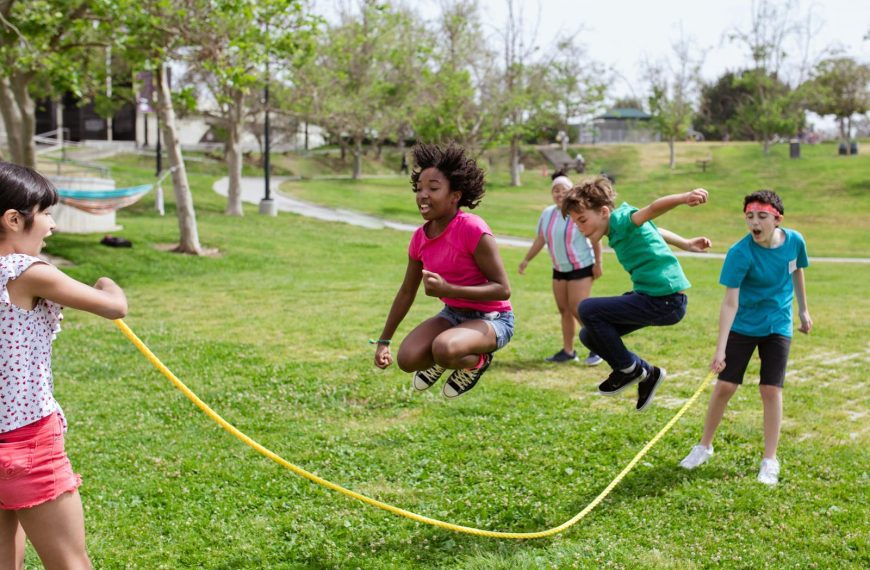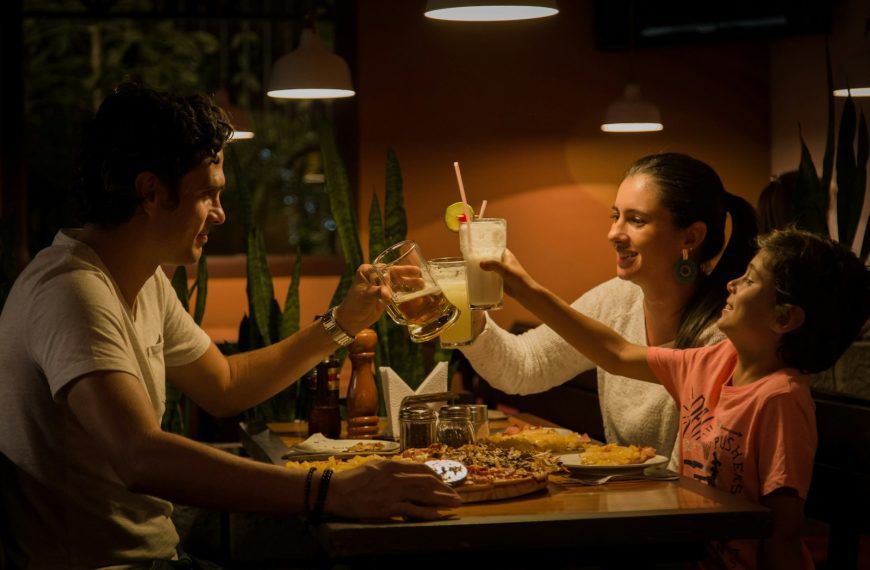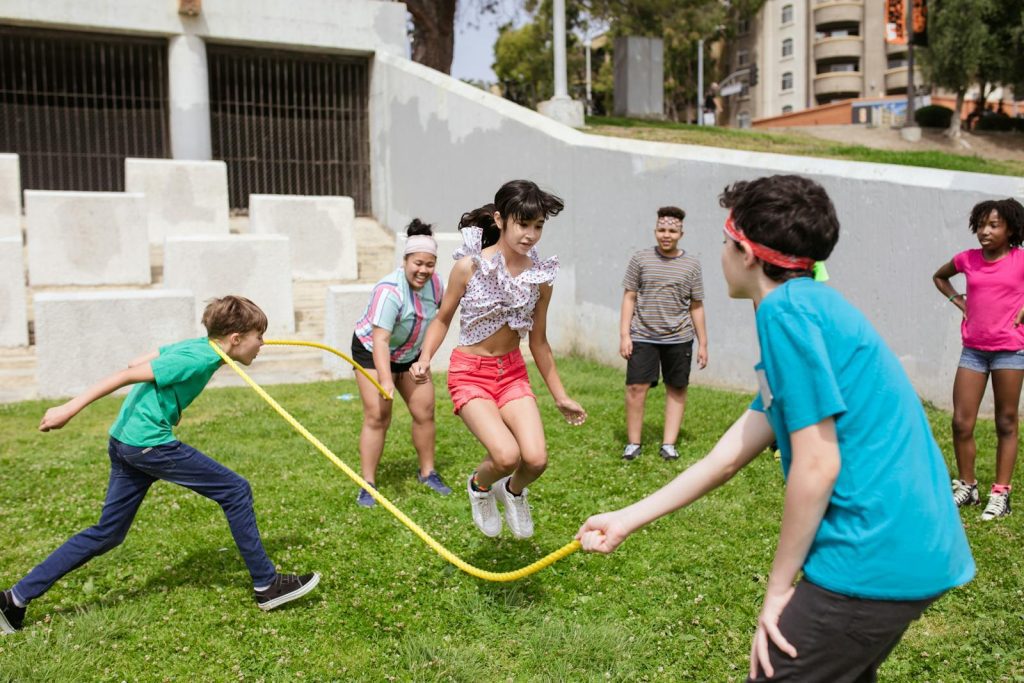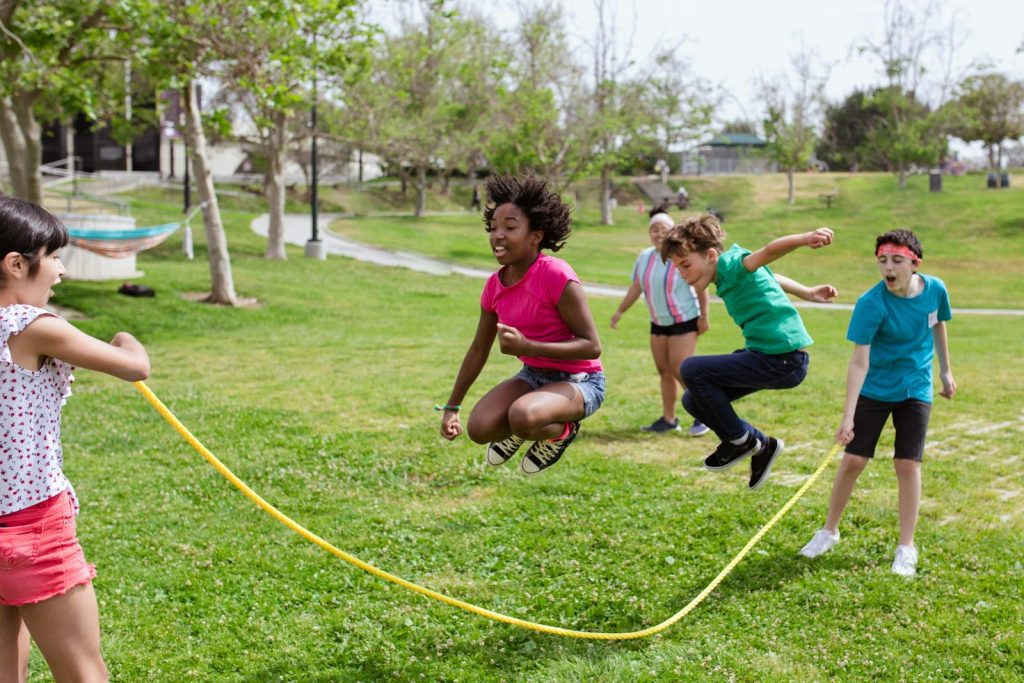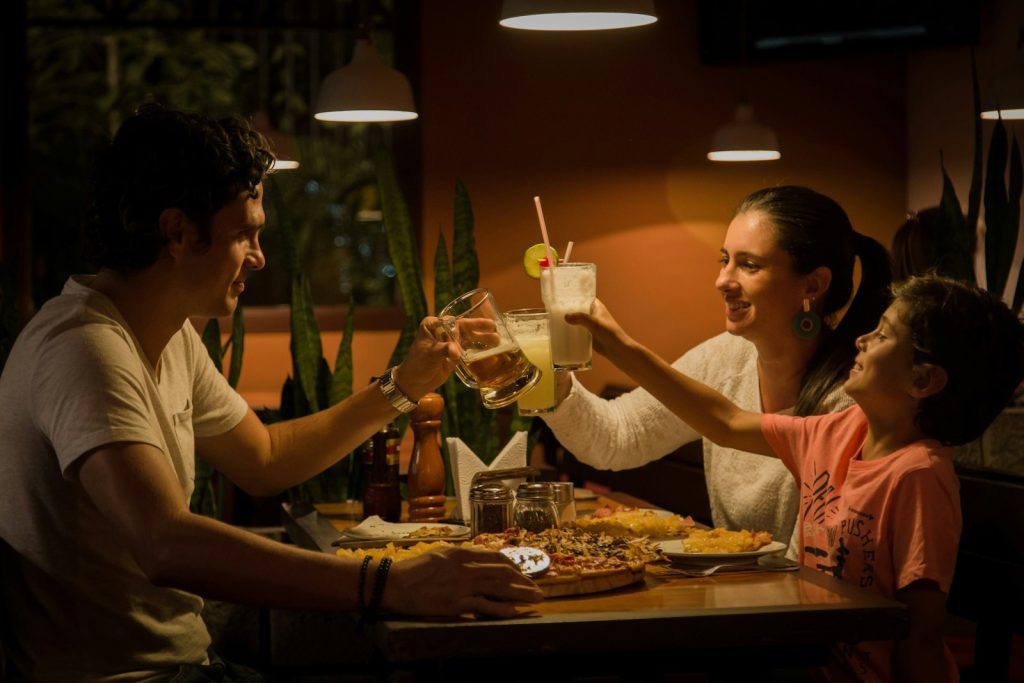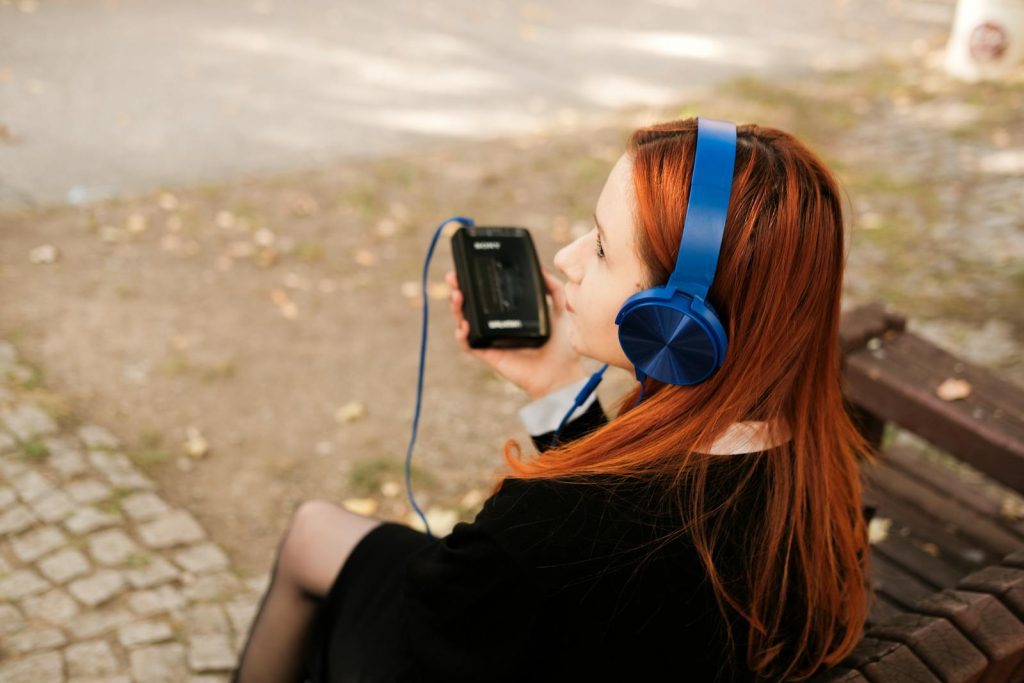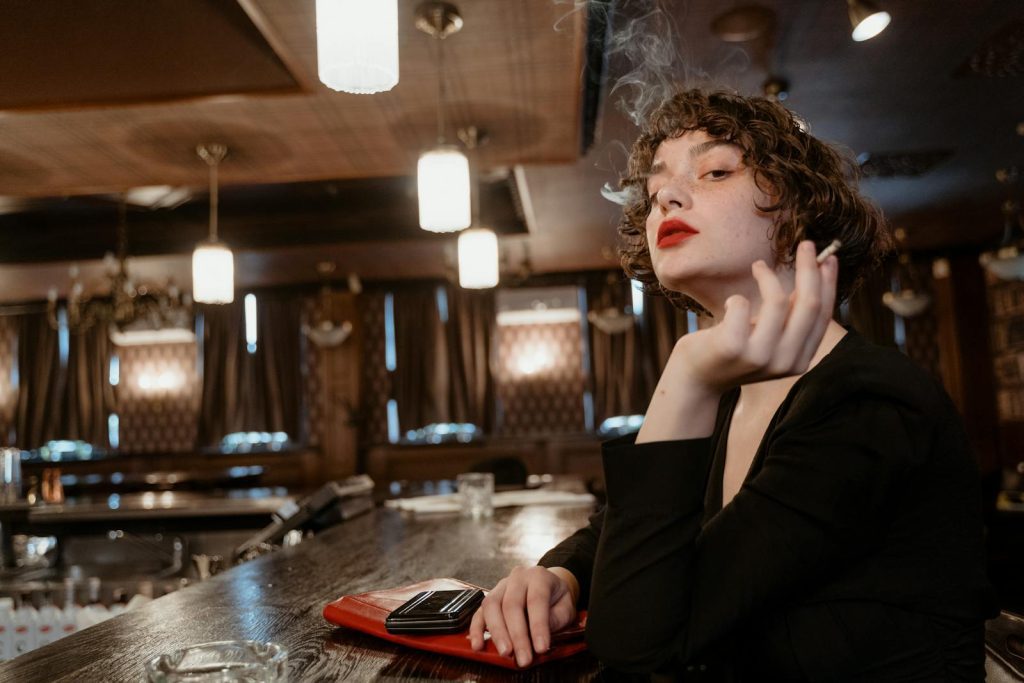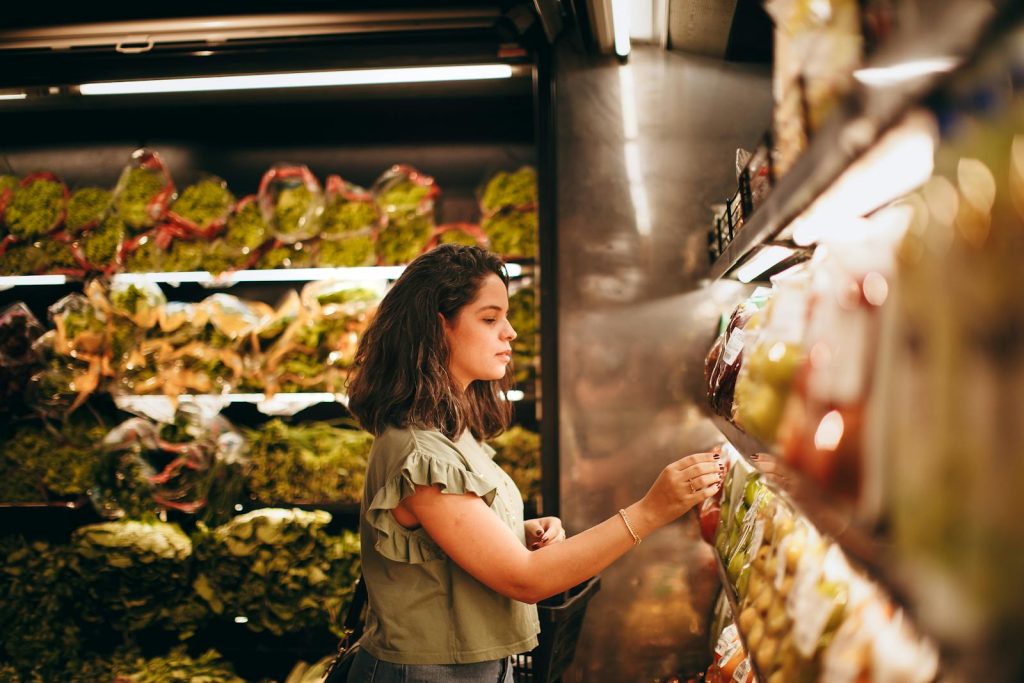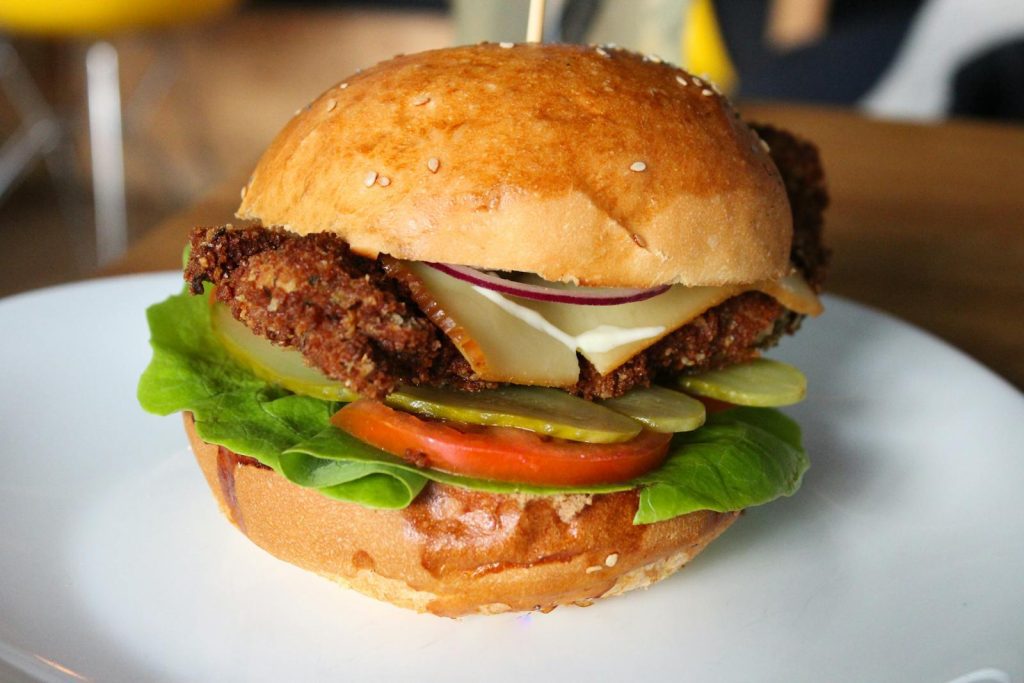There’s something undeniably captivating about Depression glass. Its delicate beauty, the rich history it carries, and the thrill of the hunt all contribute to its allure. But did you know that the value of Depression glass can vary greatly depending on its color? You might be sitting on a veritable treasure trove without even realizing it! This article will reveal the top Depression glass colors that fetch the highest prices, according to current market trends, expert insights, and reliable data sources. So, let’s delve into the world of vintage glassware and uncover its hidden gems.
1. Royal Ruby Red
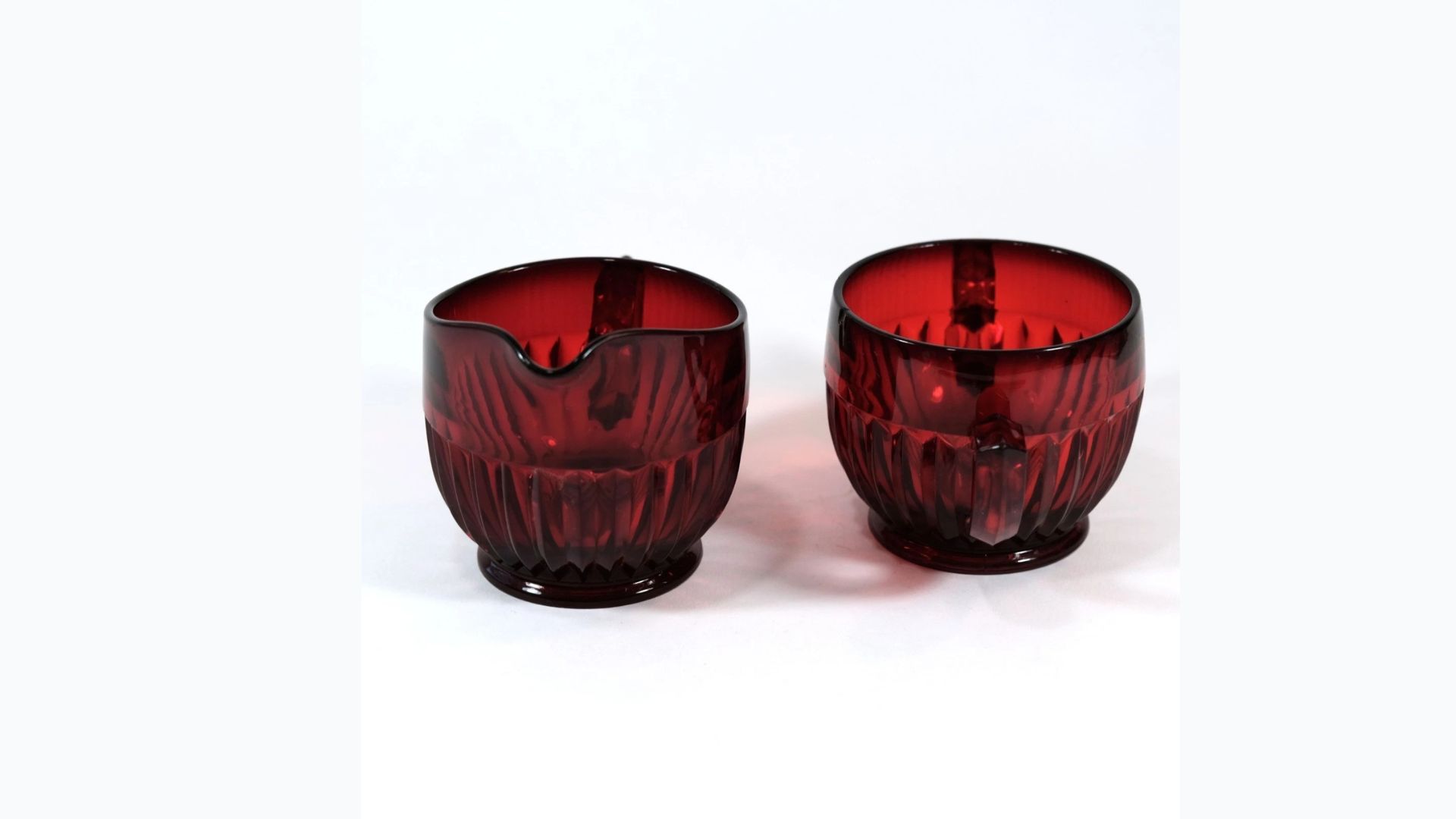
Introduced by the Anchor Hocking Glass Company in the late 1930s, Royal Ruby glass is a favorite among collectors. Its deep, rich color and striking presence make it a standout in any collection. It’s also produced in fewer patterns than some common Depression-era colors, which helps support prices for desirable forms and sets.
2. Delphite Blue
Created by Jeannette Glass Company, Delphite Blue is a soft, opaque blue that’s highly sought after. Its distinctive look—and production concentrated in specific periods and lines—keeps demand strong. Learn more about Delphite as a collectible kitchen glass color here: Delphite overview (The Spruce Crafts). If you spot the real thing in the wild, you could be looking at a piece worth well into the hundreds depending on pattern, form, and condition.
3. Jadeite Green
Another gem collectors love is Jadeite (also spelled Jadite). This milky, green-tinted glass has an almost ethereal quality, and interest surged thanks to pop-culture tastemakers. Well-preserved Jadeite pieces—especially larger serving items or marked early examples—can command strong prices.
4. Amethyst Purple
Amethyst (deep purple) pieces have a regal, saturated look that collectors gravitate toward. While value always depends on the specific pattern and form, deeper hues can bring premiums in desirable lines. For a solid overview of Depression glass collecting, patterns, and color considerations, see Collectors Weekly’s Depression Glass overview.
5. Carnival Glass

Although not a single color, Carnival glass deserves mention for its shimmering, iridescent finish across many colors (marigold, amethyst, cobalt, and more). Certain patterns, colors, and makers can be especially valuable. For definitions, history, and auction-level perspective, see Kovels’ Carnival Glass overview.
In conclusion, whether you’re a seasoned collector or a novice treasure hunter, being aware of these valuable Depression glass colors can help you spot a hidden fortune. Remember that the condition of the piece and the rarity of the pattern also greatly influence its value. So, the next time you’re browsing through a flea market or an antique store, keep an eye out for these rich and rare colors. You never know what treasures you might uncover.



